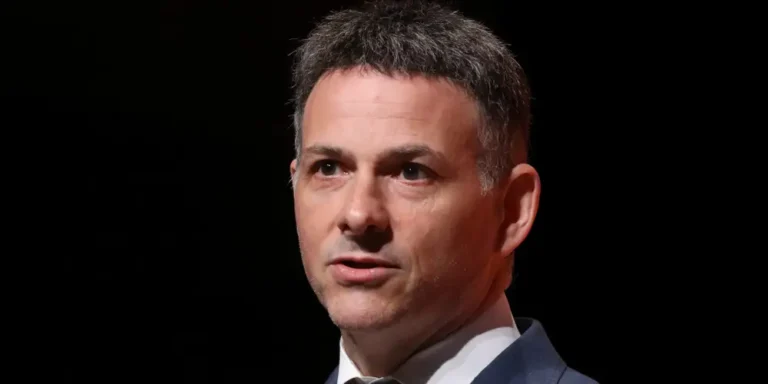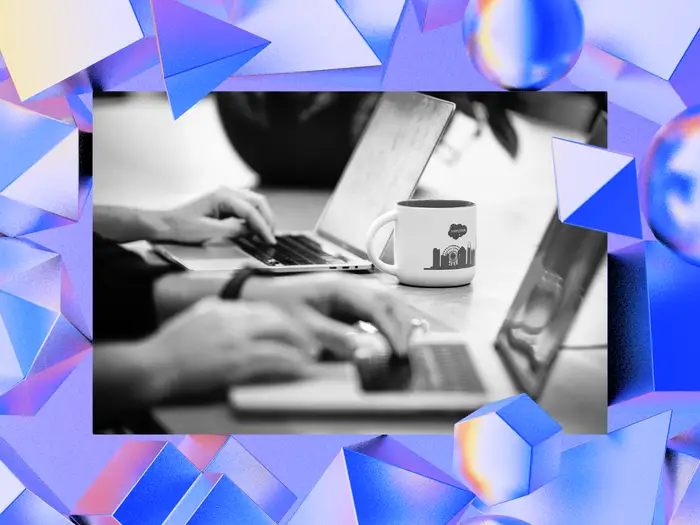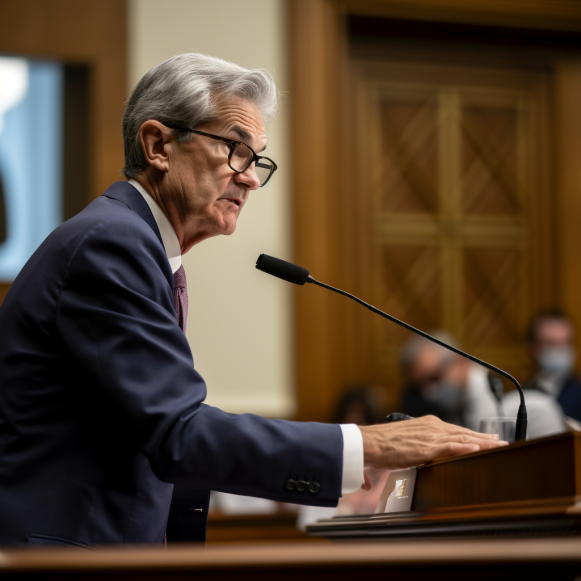Advertisers are scrutinizing the value of AI tools as some early efforts fall flat

Toys “R” Us’ ad made with OpenAI’s text-to-video tool, Sora sparked backlash.
Two years after OpenAI’s ChatGPT and other chatbots launched, the advertising community’s excitement over generative AI has come down to earth.
The shift was evident at New York’s Advertising Week, a four-day gathering this week that organizers expected 17,000 to attend. On panels and in off-stage conversations, industry insiders seemed to talk as much about the limitations as the promises of AI.
“I think for the first time I’m starting to hear skepticism around AI,” said Ashwin Navin, CEO and cofounder of Samba TV, a TV measurement firm.
In an industry that loves to show it’s early to adopt new tech, it’s been easy for practitioners to claim they’re using generative AI to do things that aren’t really new, like basic personalizing and targeting ads, he said. “What’s the marketing spin versus what’s new for marketers to evaluate?”
Disciples of generative AI say it can take the pain out of some of the repetitive tasks involved in analyzing data, buying ads, and matching ads to specific groups of people. The major advertising agency groups — including Publicis, Havas, and WPP — have all pledged to invest hundreds of millions of dollars in AI over the next few years. Last year, a Salesforce survey showed about three-quarters of marketers were or planned to use generative AI.
But there’s been a growing narrative in the industry that some of the new AI tech isn’t much of a leap forward from what was already available.
“There’s a potential for a generative AI solution to just be a solution in search of a problem,” said Andrew Lipsman, an independent media, advertising, and commerce analyst. “An ad buying user interface is usually just a few fields of information to toggle through to set up your campaign. I’m not sure that’s something that really needs to be further solved.”
Zaid Al-Qassab, the global CEO of advertising agency M&C Saatchi, said in a recent interview with B-17 that AI can be a distraction for clients. “The real question is, what’s your business challenge?”
Al-Qassab said he sees plenty of promise in the tech. After he started in the role in May, he made a set of AI tools used in one part of the company available to everyone. One of the features pulls from a bunch of data sources to evaluate how people feel about a brand. He’s also optimistic about AI’s ability to generate ideas for ad campaigns, personalize ads beyond just changing the recipient’s name, and save time writing client briefs.
But other things, like AI project management tools, can’t replace the value of a face-to-face client meeting with an agency rep, he said.
“It can’t represent you,” he said.
Then there’s the question of creativity. Some advertisers like Google and Toys “R” Us have been met with backlash when using or referencing AI in their ads, often because of the fear among audiences that AI could replace jobs and sap human creativity.
Generally, in conversations with seven industry insiders around Advertising Week, the areas most frequently mentioned as having promise with AI were improving targeting and ad creative, but their potential was far from being fully realized.
Some uses of AI show some promise, but have limitations
Early on, it was easy to see how AI could cut costs by doing some rote tasks. But people in the field say for it to transform advertising, they expect it to do more, like improve the quality of ad messaging and targeting.
“Let’s not just think about how to cut costs; let’s use it to do better storytelling,” Samba’s Navin said.
That’s starting to happen. Media companies like NBCUniversal use AI to analyze topics in video content so advertisers can run contextual ads around that content. NBCU said ads performed up to 49% better this way.
Another area AI is starting to work in is finding new potential customers. Adtech firm DoubleVerify brought a client, Diageo, on stage at Advertising Week to share its success using DoubleVerify’s AI tool to help sell its spirits like Ketel One vodka while keeping costs down.
Speaking on another panel, Nick Fairbairn, VP of marketing at finance app Chime, said AI helped him find unexpected media outlets to target people for a new product launch.
That said, even when AI tools have had positive results, ad insiders often also spoke of their limitations.
Joshua Nafman, VP of data and operations at Diageo, said that while DoubleVerify’s AI tool helped boost sales, Diageo had to roll out the process one brand, ad campaign, and market at a time.
“We started joking, it was not test and learn, it’s retest and relearn,” Nafman said.
Fairbairn said he sees an opportunity to use AI to match ads to individuals, but added that it was early days.
“I want to make sure it doesn’t just look like the same ad with a different word,” he said.
Though enthusiasm about AI was tempered in the industry at this year’s Advertising Week, there wasn’t a widespread abandonment of the tech. AI-focused panels were as well attended as ever.
Some also see opportunity in the friction.
Adtech company LiveRamp announced a pair of AI partnerships to help marketers find the right AI company for a given problem.
LiveRamp CEO Scott Howe said that while AI is a hot industry topic, many marketers are unsure how to use it.
“In some respects, they’re more scared about it because they think there’s downside, because they don’t understand what the upside is,” Howe said. “We feel there’s a gap in the industry that we can help fill.”






